Pathways add charm to the yard! They’re essential parts of a cohesive garden design. Depending on how you want the garden to look, use a natural, wild style or a formal, geometric one. You can do it yourself! Start with one of these 15 easy methods to create your garden paths, from former landscaper Jerad Bryant.
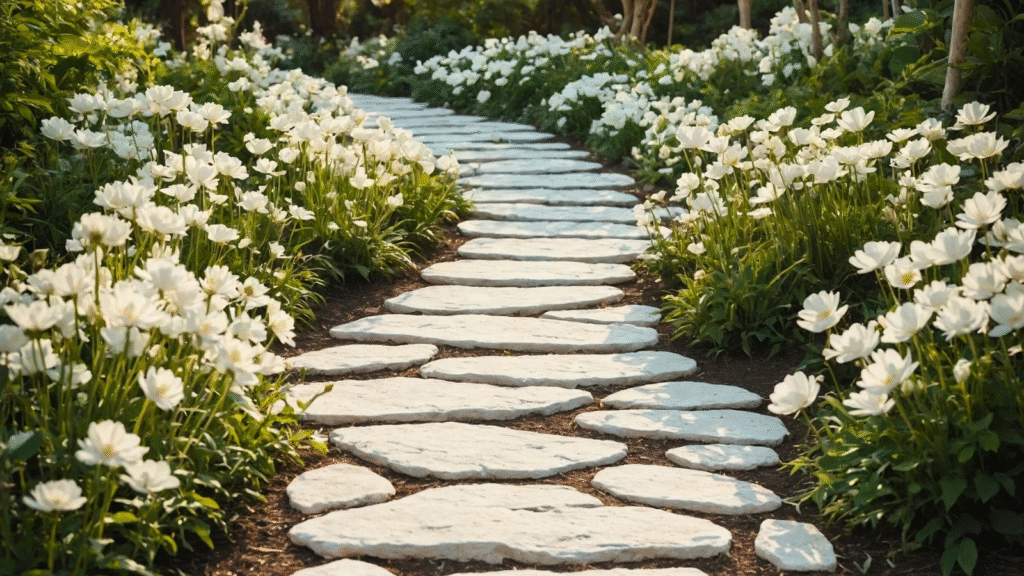
Gardening can be pretty demanding! That’s why time-saving tips and tricks are a game-changer. Why put in extra effort when you can get the job done the easy way?
Take pathway-making, for example—it can either be a huge hassle or a total breeze. You could go all out with bricks, pavers, or concrete, or just toss down some woodchips and call it done. The options are endless, and plenty of them fit all kinds of garden styles.
If you’re going for a natural vibe, organic materials like wood, mulch, and groundcover plants are perfect for woodland, cottage, or beachy gardens. For something more polished, concrete, pavers, and stone work great in structured yards with lots of hardscaping.
Or why not mix styles for something unique? Imagine a sleek, formal path winding through a wooded yard, or a meandering, natural walkway softening a space full of sharp lines and square hedges. Whatever you’re dreaming up, these 15 DIY garden path ideas have you covered.
Continuous Compost
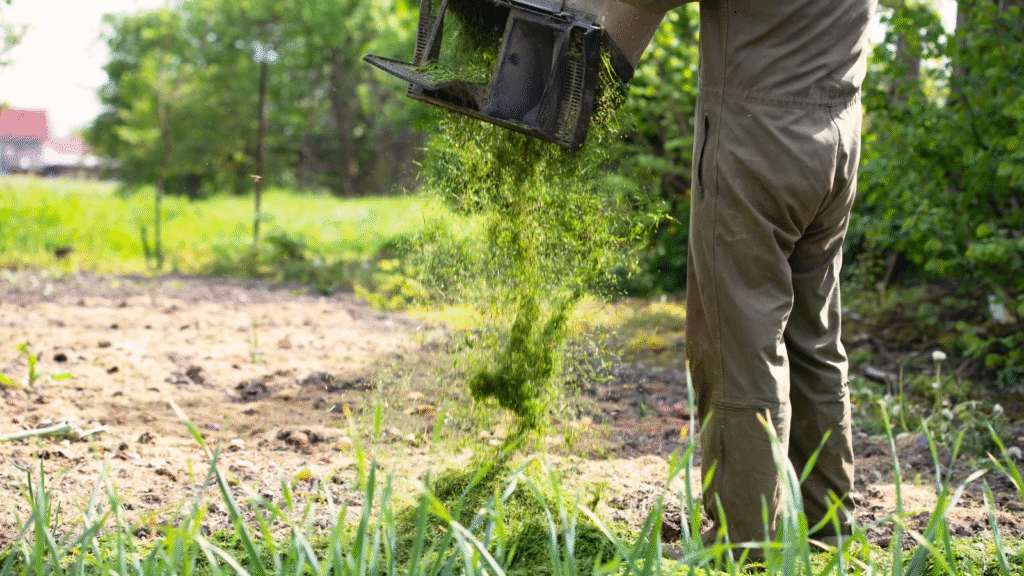
Instead of stashing compost in a pile, why not use it right underfoot? Layer garden trimmings, weeds, and carbon-rich waste where you want your new path to be.
This method is perfect if your yard generates lots of waste—think grass clippings, fallen leaves, and plant trimmings. Just keep adding debris to the path, top it with straw or woodchips, and let it break down naturally. Skip the kitchen scraps, though—no one wants stinky pathways!
Continuous compost works wonders near garden beds, enriching the soil as it decomposes. Just make sure to cover it with something dry, like straw or woodchips, so it’s not a soggy mess to walk on.
Woodchips
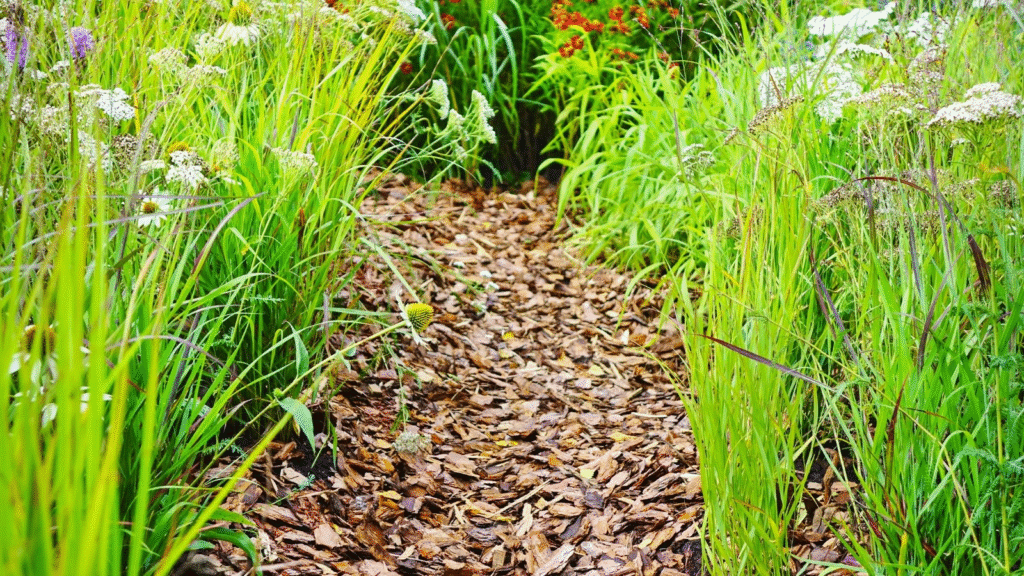
Refreshing woodchips now and then keeps your path in top shape.
Woodchips are cheap, easy to spread, and great for DIY paths. They protect plant roots and keep soil microbes happy. Many cities even offer free woodchip drops from tree services—check your local programs!
They’re budget-friendly, last for months, and feed the soil as they break down. Just add a fresh 2-3 inch layer each spring or fall to keep things looking neat.
Fall Leaves
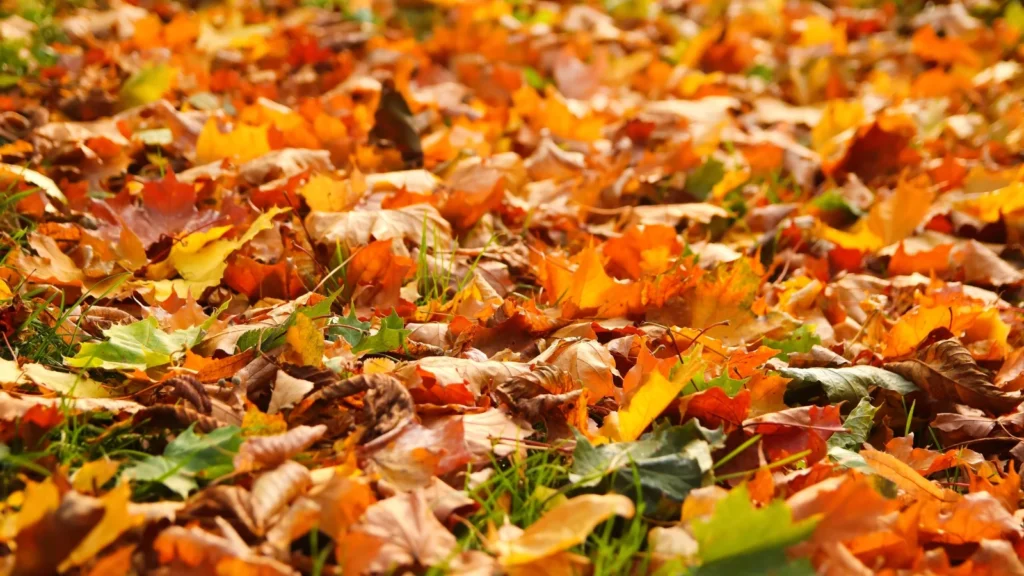
Free mulch? Yes, please—just grab what’s already falling from your trees!
When autumn rolls around, fallen leaves make fantastic path material. They’re organic, free, and everywhere. Plus, they’re a lifesaver for pollinators and beneficial bugs that nest in leaf litter over winter.
Pine needles work too—use whatever’s available, or ask neighbors for their extras.
Wood Beams and Logs
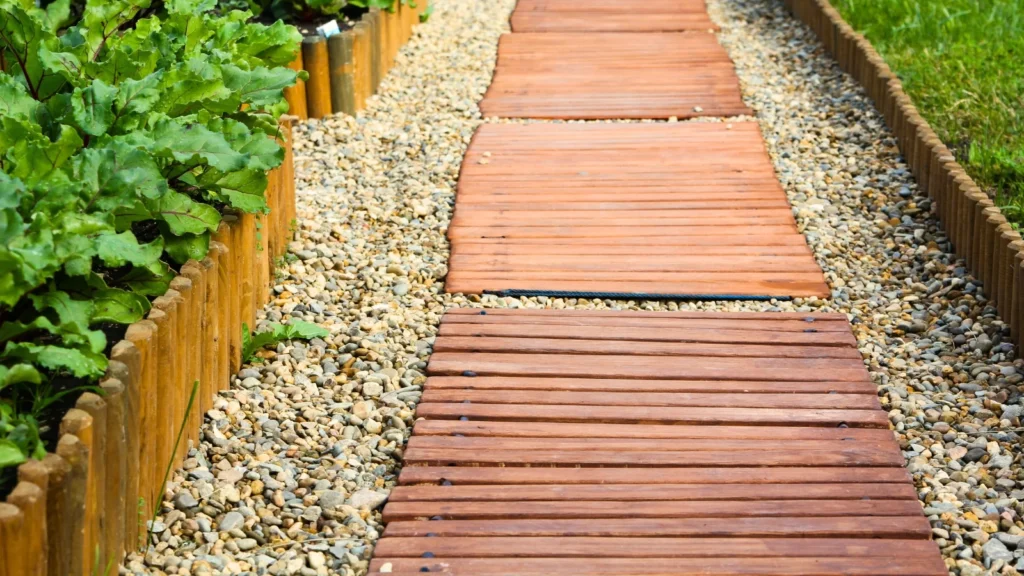
Like woodchips, logs and beams make great natural pathways. Slice logs into rounds, or lay beams in a tidy pattern. For longevity, use rot-resistant wood like cedar, Douglas fir, or teak. A protective stain helps keep moisture and pests at bay.
Living Mulch
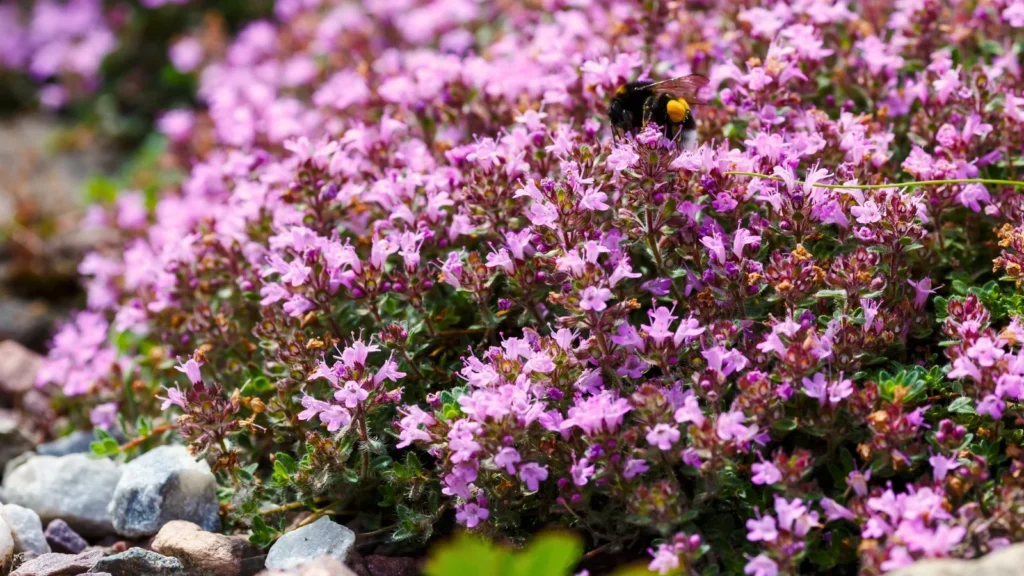
Soft, fragrant, and tough enough to walk on—perfect for sunny spots!
If you love plants, why not grow your path? Some groundcovers handle foot traffic like champs. Sun-lovers like creeping thyme, Corsican mint, and clover stay low and lush. For shade, try blue star creeper.
Pick low-growers if you’d rather skip frequent mowing.
Stepping Stone
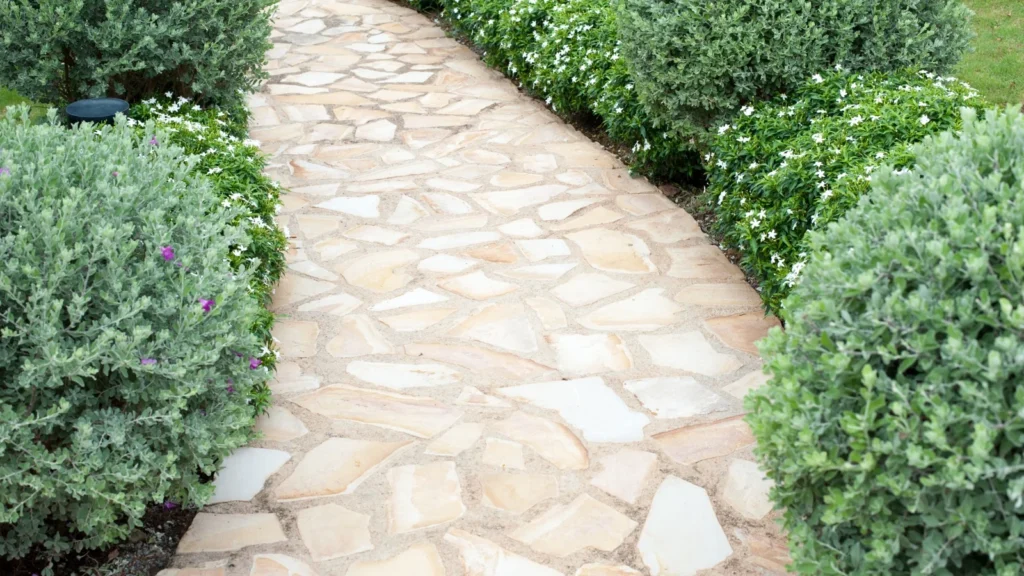
Flagstone brings organic texture with a timeless look.
Stepping stones give you solid footing while keeping things natural. Flagstone is affordable, but sandstone and limestone work too. For a polished look, use uniform squares; for rustic charm, go for irregular shapes. Fill gaps with mulch, gravel, or groundcover.
Stones and Moss
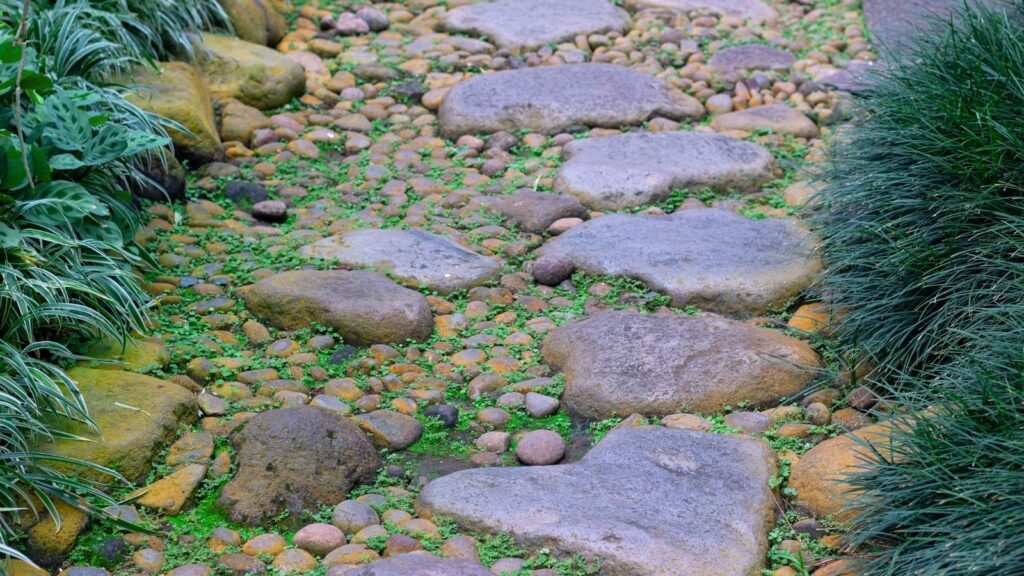
For shady spots, moss adds a magical touch.
Moss thrives in cool, damp shade, staying green in spring and fall while going dormant in summer. It’s not for sunny spots—try Scotch or Irish moss there instead.
Transplant chunks of moss or blend it into a “milkshake” (moss + milk or beer) and spread it between stones.
Stones and Grass
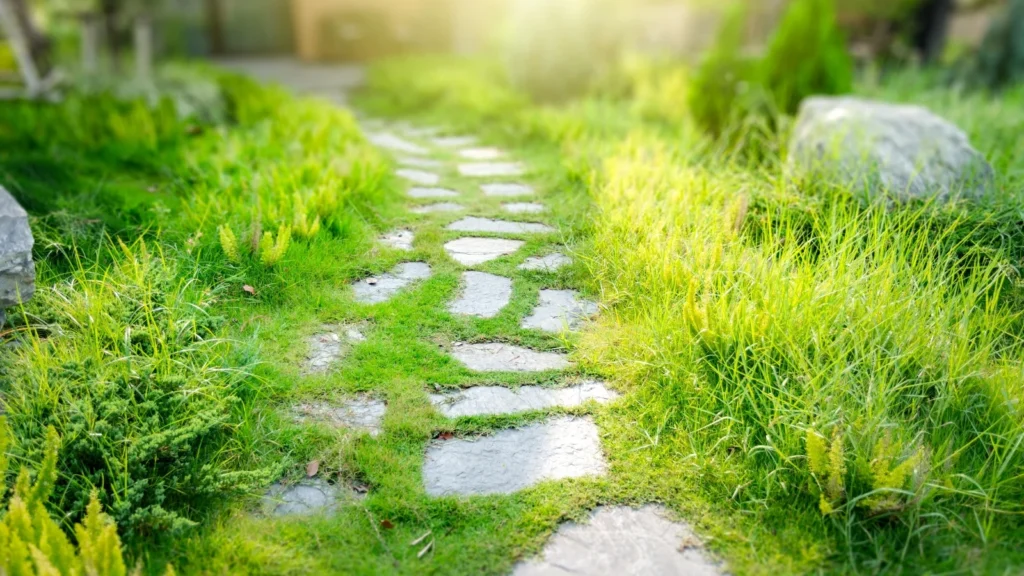
Turf between stones blends path and lawn seamlessly.
In sunny areas, let grass grow between stepping stones. Seed bare patches or transplant sod pieces. Keep it moist until established, then mow along with the rest of your lawn. A string trimmer helps with precision.
Pavers

Clean, geometric, and built to last.
Pavers are uniform, durable, and perfect for structured designs. Arrange them straight or curved—they’re versatile and low-maintenance. You can even DIY them with concrete for a budget-friendly option.
Mowed Grass
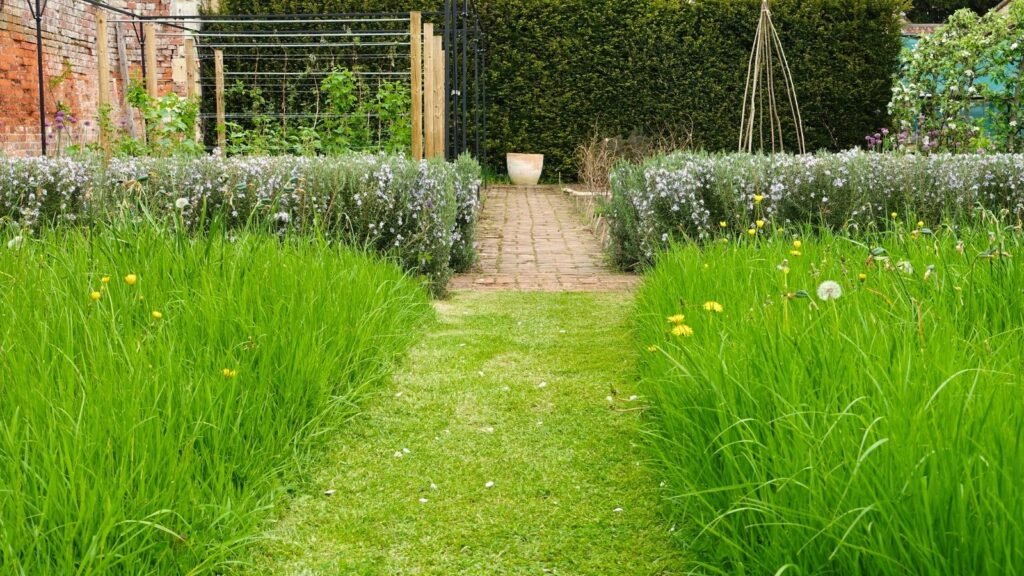
Turn part of your lawn into a whimsical meadow path.
Just mow where you want to walk and let the rest grow wild. By fall, you’ll have a prairie-like escape. Give it one last mow before winter, and it’ll regrow beautifully next spring.
Concrete
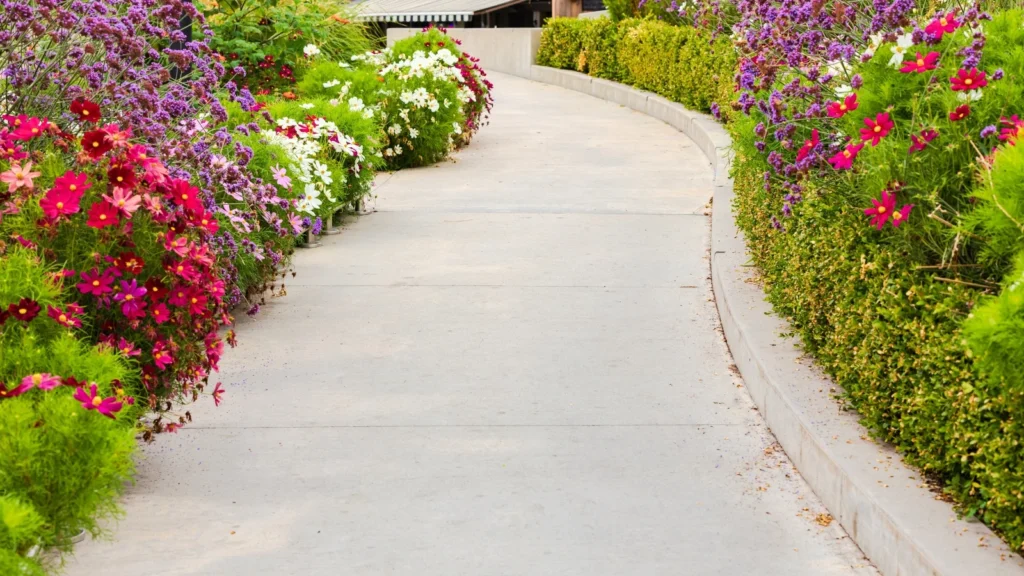
Durable, functional, and endlessly customizable.
Concrete lasts decades and can be molded into any shape. Buy pre-made pieces or DIY (with a little help if you’re new to it). Test a small area first to get the hang of it.
Gravel
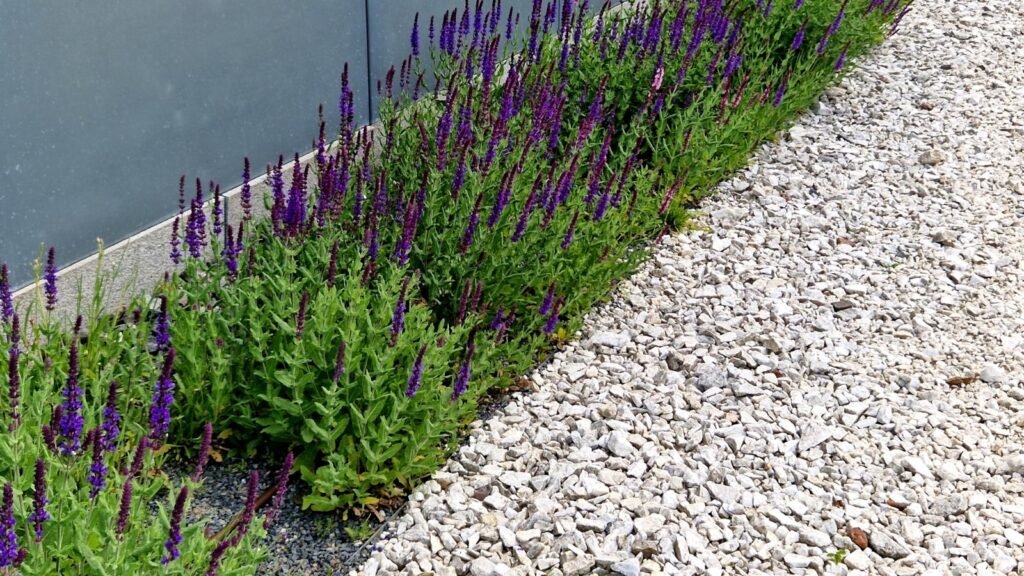
Great for wet areas—gravel improves drainage and stability.
From pea gravel to larger stones, gravel is affordable and long-lasting. It lifts soggy paths, though you’ll need to top it up as it settles over time.
Metal Edging
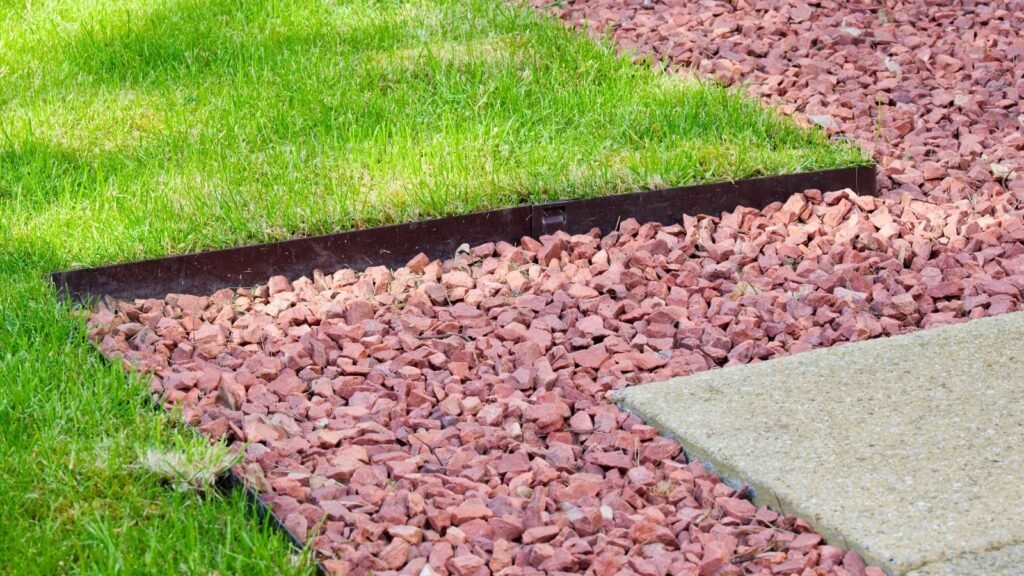
Keeps gravel and mulch neatly in place.
Metal edging is sturdy and long-lasting. Bury it slightly to anchor it, then fill with gravel, woodchips, or other materials.
Brick
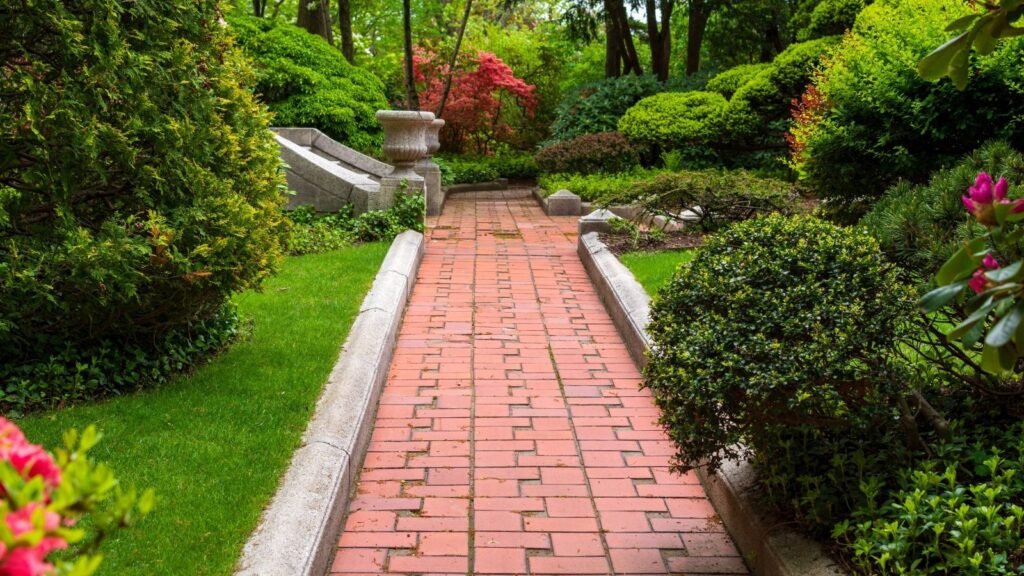
Classic, timeless, and full of design potential.
Bricks are pricey but last forever. Lay them in herringbone, basketweave, or other patterns. Mix with pavers or stone for extra flair, using sand or mortar to lock them in place.
Mosaic Walkway
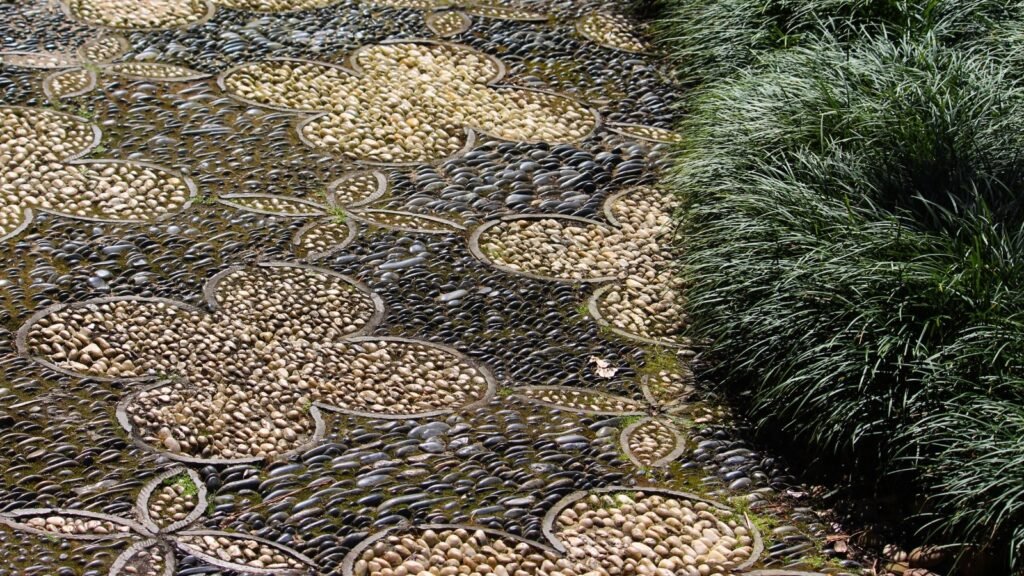
A stunning, artistic focal point for your garden.
Mosaics are labor-intensive but make a jaw-dropping statement. Use colored stones, tiles, or ceramics set in concrete. DIY if you’re crafty, or hire a pro for intricate work.

